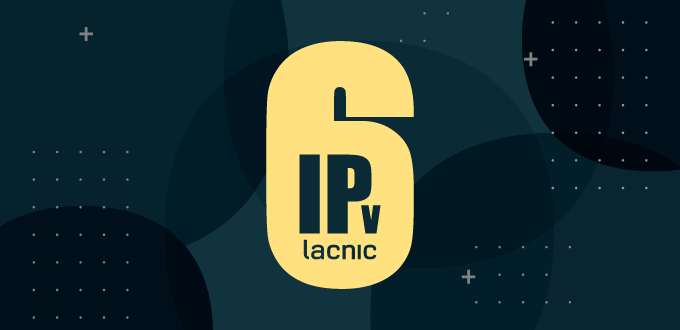Jool: Paving the Way to IPv6
30/04/2019

Jool was born as the result of a small experiment with students at Tecnológico de Monterrey (Mexico) and the tool has now become a great enabler of the transition from IPv4 to IPv6. This novel technology developed by NIC Mexico and TEC Monterrey allows communication between IPv4 and IPv6 nodes without interrupting Internet access for users.
According to Jorge Cano, a Mexican systems architect with extensive experience in programming, Jool is being used with great success by organizations in different parts of the world. Cano believes that tools such as Jool contribute to IPv6 deployment, as they help Internet access providers design solutions that allow users and services on networks using both protocols to communicate.
This month, LACNIC organized a webinar on practical applications of Jool. During the webinar Cano shared with the many attendees that registered for the online activity the main features of this tool and how it should be configured.
Why did you decide to make Jool an open source software?
Practically all of NIC Mexico’s infrastructure is based on open source projects. Starting to develop our own projects in this format is our way of giving back to the community. It is also a way to fulfill one of our goals, which is to help improve Internet development in the region.
How did the technical community respond to Jool? Do you have any estimates on the use of Jool in the region?
Since our first production release, the technical community’s response has been excellent. We have received very good comments and feedback from users who have downloaded and used Jool in their own infrastructure. The feedback they have provided us has been extremely valuable to continue improving Jool over the years.
Unfortunately, we do not have the means to estimate the use of Jool in production. All we have is information provided by the users themselves, reporting how and in what way they are using Jool. From the beginning, most of our users and activity have been in countries in Europe and Asia, but we have already started receiving reports from people in Latin America who have started using the tool.
Is it possible to measure Jool’s performance after its presentation at LACNIC 27 in Brazil?
The presentation at LACNIC 27 gave Jool a major boost in Latin America. In the past, we normally did not receive enquiries or visitors from countries in South or Central America. After the presentation in Brazil, however, we have received not only visitors but also questions and stories from people who are currently testing Jool in their labs with a view to deploying IPv6 networks using Jool as a key part of their transition solution. We are very grateful for the space LACNIC offers us to present our work to the community and for the support the entire staff has provided.
In your opinion, will migrating from IPv4 to IPv6 take longer than originally estimated?
The transition from IPv4 to IPv6 has taken longer than originally planned. However, IPv4 exhaustion means that this transition is the only possible long-term solution. We hope that tools such as Jool will help network operators continue to offer quality services to their users, for whom the transition from IPv4 to IPv6 should be transparent.
These tools allow the coexistence of the two protocols. Do they contribute to IPv6 deployment? If so, why?
Indeed, they do contribute to the transition. Let’s think about the situation from the point of view of an end user of the Internet. Someone who is using an IPv6 network and cannot access an online service that is being offered over an IPv4 network doesn’t know —and doesn’t care— that the two versions of the IP protocol are not compatible. All they know is that they are unable to use the service and will therefore be dissatisfied with their user experience. Transition tools such as Jool help Internet access providers design solutions that allow users and services on IPv4 and IPv6 networks to communicate among themselves in a way that does not affect the service they offer their customers.
The Jool webinar is available here.